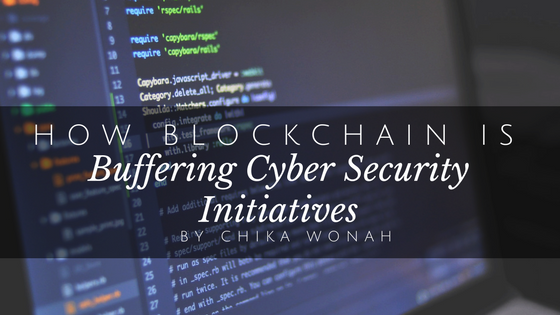Data security has become one of the highest priority topics of discussion among businesses around the world. With the seemingly constant breaches, hacker intrusions and identity thefts, it seems that companies are having more trouble than ever keeping their proprietary and confidential information out of the hands of those who probably shouldn’t have access to it.
While it is true encryption has been a standard part of computer technology for decades, practical encryption didn’t really come into widespread use until the development of the secure sockets layer browser extensions in 1994 and the transport layer security protocol in 2000. The blockchain can be seen as the next step, as it is essentially a practical encryption technology for arbitrary data records and a peer-to-peer distribution system combined into a single framework.
The Challenge of Native Data Encryption
It has long been the case that sensitive information, especially that owned by businesses and governments, has been vulnerable when stored on electronic devices. While the practice of creating a secure disk for storage through all or nothing cryptography is occasionally useful, the hazards tend to overwhelm the reality.
It is far too easy for a flipped bit to destroy the only copy of the data. Keeping multiple archives is even less practical, as each needs to be encrypted independently.
Internal and External Security
The key advantage in the blockchain is the fact the data is distributed by nature. If one network node fails, all the other nodes in the network still have a complete record of all the data in the sequence. It, therefore, becomes possible to reconstruct any arbitrary sequence of records and to authenticate that data with exact accuracy.
This is a key capability when it comes to business, as contracts, accounting records, inventory and various other kinds of records must not only be accurate but impossible to destroy completely.
Data Agnostic
Digital currency is only one application of blockchain technology. Since the system is data agnostic, much like a hard drive or a database, it really doesn’t matter what is stored in it. All that matters is that whatever application is outside the system can read the distributed and encrypted records.
This innovative approach gives business exactly the tools it needs to protect any arbitrary data type in nearly any format. Once digital currency has proven the resiliency of the system, business will adapt the blockchain for all kinds of applications and improve their security and integrity in the process.

